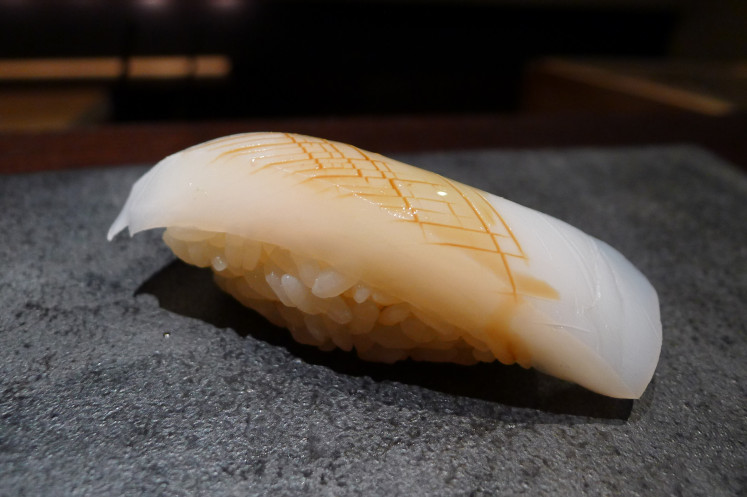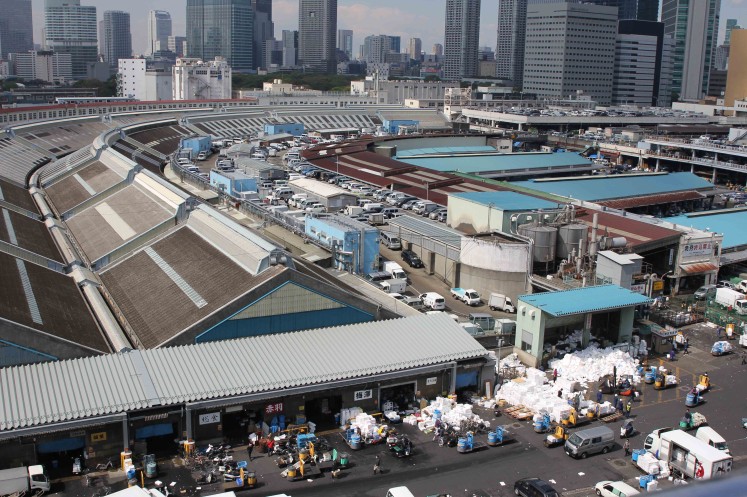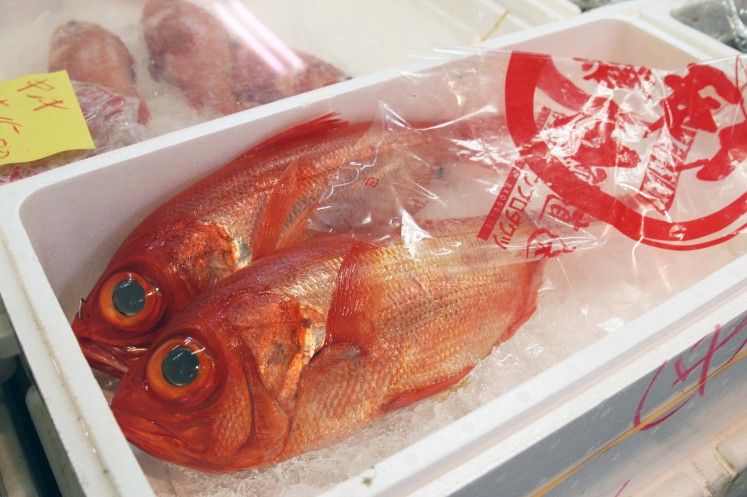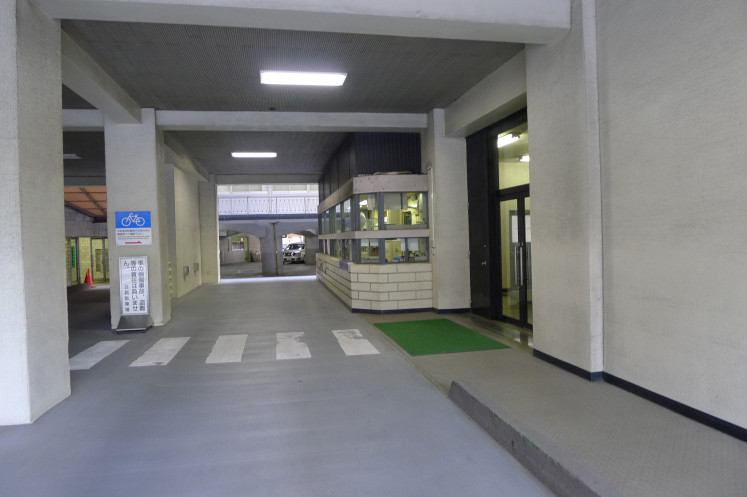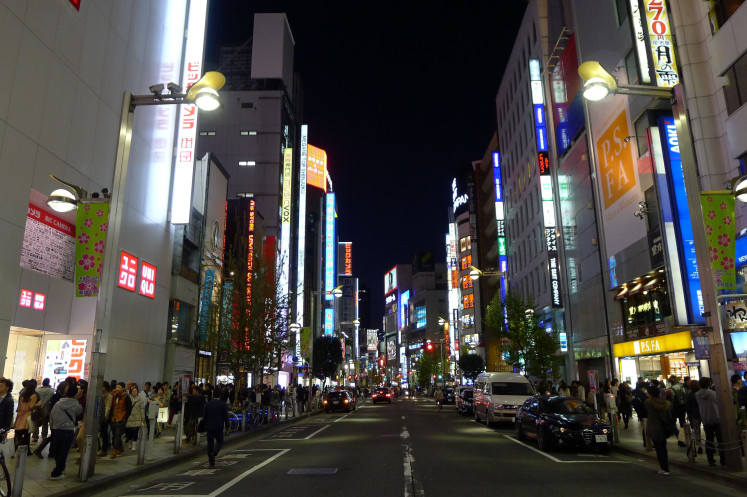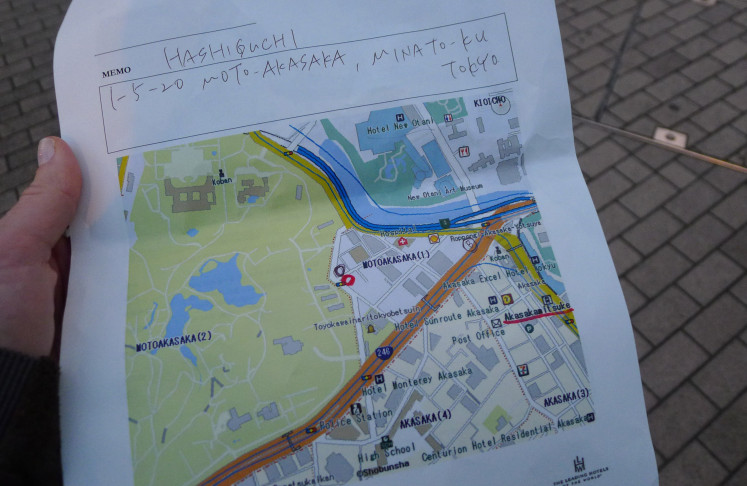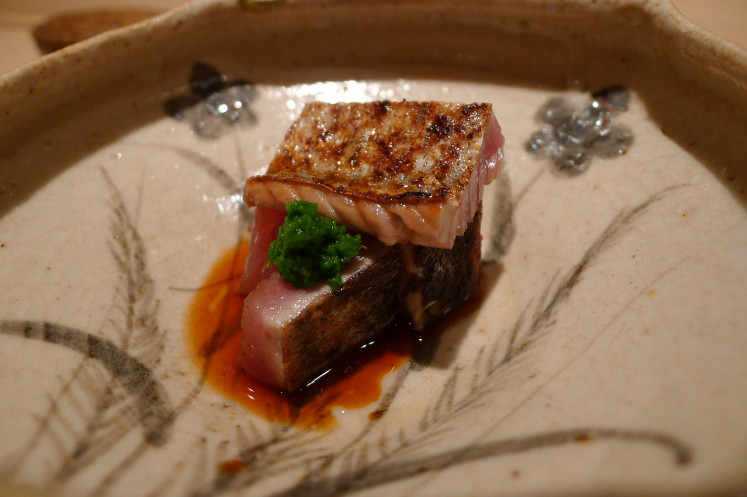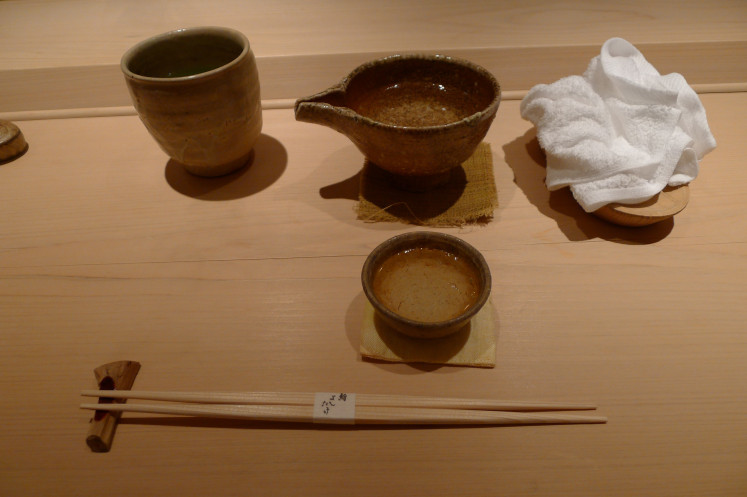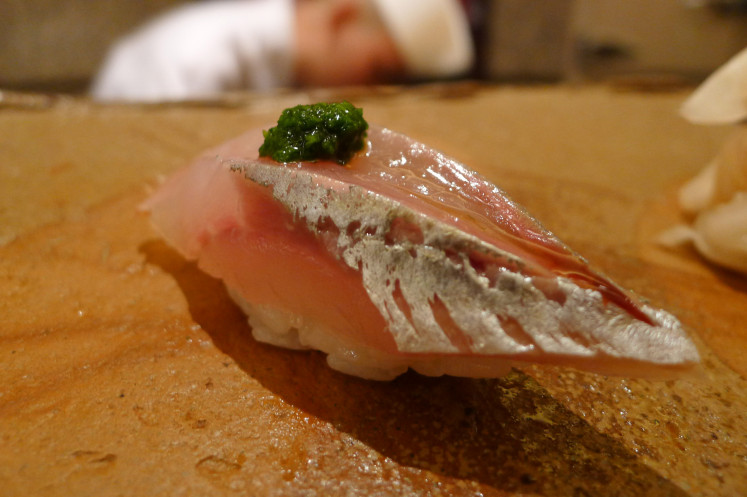A Day with Chef Hidefumi Namba
A Day with Chef Hidefumi Namba
This May, I had the great pleasure of joining sushi master Hidefumi Namba at Toyosu — the world’s largest fish market in Tokyo. Together with Ura founders Samuel and Jose Tcherassi (Ura is opening this autumn in Miami), we spent the day with Namba-san and his team Beyond his status…
